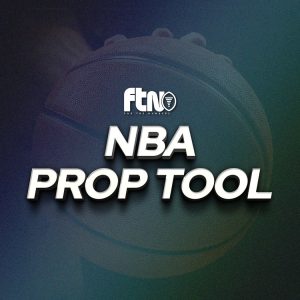
The best ownership projections create a massive advantage in NFL DFS. If you’ve ever thought to yourself “If I had known he’d be so popular, I never would have played him,” or the opposite, you already know this to be true.
At FTN, we have exactly that – not just the industry’s most accurate ownership, but ownership projections that can help you make key decisions on specific players each and every week.
There’s one point I want to drill home about Week 14, and that’s the interconnectedness of ownership. Being right about who will be the most popular directly impacts your chances of being right about who slips through the cracks, and vice versa. Justin Fields and DJ Moore illustrated this concept perfectly.
Justin Fields & DJ Moore

We had another great week of ownership projections, and it all stemmed from anticipating the popularity of this stack. When I referred earlier to the interconnectedness of ownership, this in and of itself is an example. Moore and Fields were not “steamed” (i.e. became more popular than most anticipated) individually, it was the combination of the two that people wanted. If we were wrong about Fields, we likely also would have been wrong about Moore.
However, the interconnectedness doesn’t stop there. Knowing how popular this stack would be also meant knowing all other stacks would be held in check. Brock Purdy with any combination of Brandon Aiyuk, Deebo Samuel and George Kittle couldn’t get too chalky, Desmond Ridder to Drake London would be held in check even with London’s popularity, and both sides of Buffalo vs Kansas City would be low owned … all because Fields and Moore were stealing too much of the pie.
DJ Moore’s individual effect was even more pronounced. The following receivers were all less popular than industry expectations because Moore (with the help of Rashee Rice and Drake London) stole so much ownership:
You may sometimes wonder how much ownership accuracy actually matters, and sometimes, it’s a valid question. For example, if we correctly project a player at 12% when everyone else thinks he’ll be 14%, does that matter? Not really.
However, the Fields and Moore example demonstrates how powerful the best ownership can be. Our ownership isn’t the best because we are slightly more accurate across the board, it’s the best because we consistently find and anticipate the steam that affects ownership throughout the player pool.
Accuracy Analysis
We can compare accuracy by looking at r-squared and RMSE. For those unfamiliar with these metrics, you can focus on just r-squared. If we were exactly right about every single player’s ownership, to the exact decimal point, our r-squared would be 100%. The closer to 100%, the better. The lower the RMSE, the better.

Once again, Establish the Run was our closest competitor. It should therefore come as no surprise that they were the second highest on Fields (17.0% in their small field projection) and Moore (17.3% in their small field projection). Getting those two correct made all the difference.

















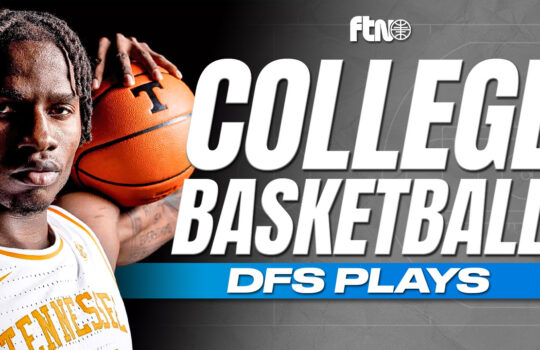



















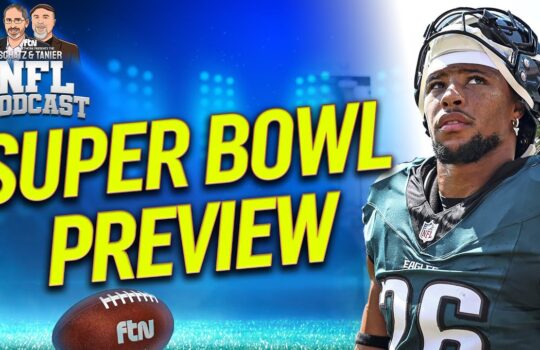






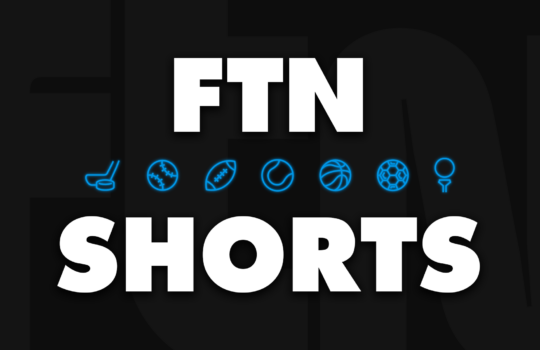
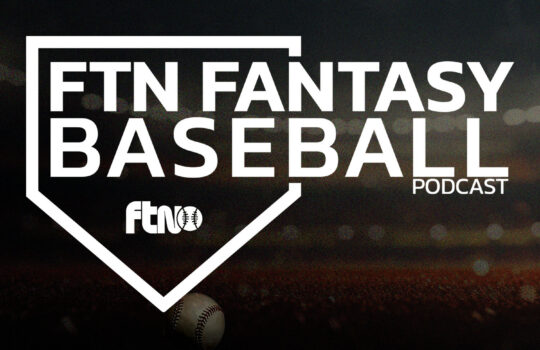



 New York Jets
New York Jets  New England Patriots
New England Patriots  Miami Dolphins
Miami Dolphins  Buffalo Bills
Buffalo Bills  Pittsburgh Steelers
Pittsburgh Steelers  Cleveland Browns
Cleveland Browns  Cincinnati Bengals
Cincinnati Bengals  Baltimore Ravens
Baltimore Ravens  Tennessee Titans
Tennessee Titans  Jacksonville Jaguars
Jacksonville Jaguars  Indianapolis Colts
Indianapolis Colts  Houston Texans
Houston Texans  Las Vegas Raiders
Las Vegas Raiders  Los Angeles Chargers
Los Angeles Chargers  Kansas City Chiefs
Kansas City Chiefs  Denver Broncos
Denver Broncos  Washington Commanders
Washington Commanders  Philadelphia Eagles
Philadelphia Eagles  New York Giants
New York Giants  Dallas Cowboys
Dallas Cowboys  Minnesota Vikings
Minnesota Vikings  Green Bay Packers
Green Bay Packers  Detroit Lions
Detroit Lions  Chicago Bears
Chicago Bears  Tampa Bay Buccaneers
Tampa Bay Buccaneers  New Orleans Saints
New Orleans Saints  Carolina Panthers
Carolina Panthers  Atlanta Falcons
Atlanta Falcons  San Francisco 49ers
San Francisco 49ers  Seattle Seahawks
Seattle Seahawks  Los Angeles Rams
Los Angeles Rams  Arizona Cardinals
Arizona Cardinals 
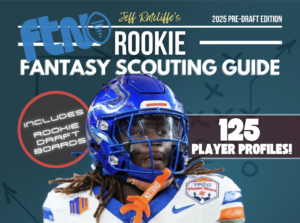

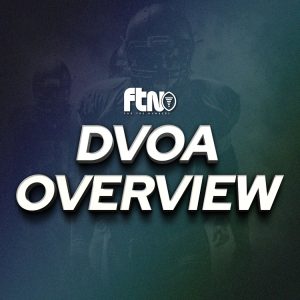
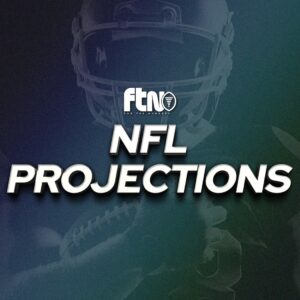
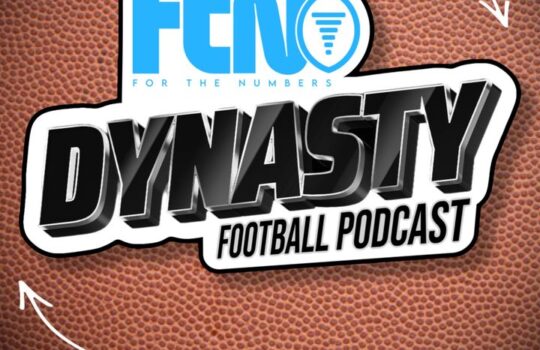
 Boston Celtics
Boston Celtics  Brooklyn Nets
Brooklyn Nets  Philadelphia 76ers
Philadelphia 76ers  New York Knicks
New York Knicks  Toronto Raptors
Toronto Raptors  Chicago Bulls
Chicago Bulls  Detroit Pistons
Detroit Pistons  Milwaukee Bucks
Milwaukee Bucks  Cleveland Cavaliers
Cleveland Cavaliers  Indiana Pacers
Indiana Pacers  Orlando Magic
Orlando Magic  Atlanta Hawks
Atlanta Hawks  Charlotte Hornets
Charlotte Hornets  Miami Heat
Miami Heat  Washington Wizards
Washington Wizards  Denver Nuggets
Denver Nuggets  Minnesota Timberwolves
Minnesota Timberwolves  Oklahoma City Thunder
Oklahoma City Thunder  Portland Trail Blazers
Portland Trail Blazers  Utah Jazz
Utah Jazz  LA Clippers
LA Clippers  Golden State Warriors
Golden State Warriors  Los Angeles Lakers
Los Angeles Lakers  Phoenix Suns
Phoenix Suns  Sacramento Kings
Sacramento Kings  Dallas Mavericks
Dallas Mavericks  Houston Rockets
Houston Rockets  Memphis Grizzlies
Memphis Grizzlies  New Orleans Pelicans
New Orleans Pelicans  San Antonio Spurs
San Antonio Spurs 



